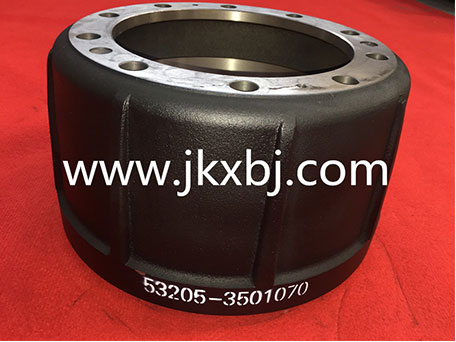

Essential Components for Solar Panel Systems and Their Importance in Renewable Energy
10월 . 31, 2024 23:40 Back to list
Essential Components for Solar Panel Systems and Their Importance in Renewable Energy
Understanding Solar Panel Hardware A Key to Efficient Energy Conversion
As the world increasingly shifts towards renewable energy sources, solar power stands out as one of the most accessible alternatives. At the heart of solar energy systems are solar panels, which rely on various hardware components to efficiently convert sunlight into usable electricity. Understanding these components is crucial for anyone interested in harnessing the power of the sun.
Key Components of Solar Panel Hardware
1. Solar Cells The core of any solar panel is the solar cells, which are typically made from silicon. There are two main types of solar cells monocrystalline and polycrystalline. Monocrystalline cells tend to be more efficient and take up less space, making them ideal for residential installations. Polycrystalline cells are less expensive but slightly less efficient, making them suitable for larger installations where space is not a constraint.
2. Glass Cover The front of solar panels is often protected by a layer of tempered glass. This glass not only shields the cells from environmental elements, such as hail and debris, but also allows sunlight to pass through with minimal reflection. The right type of glass can help improve the overall efficiency of the solar panel.
3. Backing Material The backing of a solar panel is essential for its durability and performance. Typically made of a durable material like polyvinyl fluoride (PVF), it helps insulate the solar cells and protects them from moisture and other environmental hazards. A good backing ensures the longevity of the solar panel and maintains its efficiency over time.
solar panel hardware

4. Frame Most solar panels feature an aluminum frame that provides structural integrity and facilitates mounting. This frame also helps in ensuring proper drainage and airflow around the panels, which can enhance performance and reduce overheating during peak sunlight hours.
5. Junction Box The junction box, usually located on the back of a solar panel, houses the electrical connections. This is where the solar cells are wired together and connected to the rest of the solar energy system. The junction box often includes bypass diodes, which prevent power loss in shaded conditions.
6. Inverter While not part of the solar panel itself, the inverter is a critical piece of hardware in any solar energy system. It converts the direct current (DC) produced by the solar panels into alternating current (AC), which is the form of electricity used in most homes and businesses. Choosing a quality inverter is essential for optimizing the performance of your solar energy system.
7. Mounting Systems To maximize exposure to sunlight, solar panels must be properly mounted. There are different types of mounting systems available, including fixed mounts, which secure the panels at a certain angle, and tracking mounts, which adjust the angle throughout the day to follow the sun’s path. The choice of mounting system can significantly impact the overall efficiency of a solar installation.
Conclusion
The hardware components of solar panels play a critical role in the effectiveness of solar energy systems. From solar cells to mounting systems, each part contributes to the overall performance and longevity of the installation. As technology advances and awareness of renewable energy grows, understanding these components will empower consumers and businesses to make informed decisions about their energy needs. By investing in high-quality solar panel hardware, we can harness the sun's energy more efficiently and sustainably, paving the way for a greener future.
Latest news
-
Hot Dip Galvanized Bolts-About LongZe|High Strength, Corrosion Resistance
NewsJul.30,2025
-
High-Strength Hot Dip Galvanized Bolts - Hebei Longze | Corrosion Resistance, Customization
NewsJul.30,2025
-
Hot Dip Galvanized Bolts-Hebei Longze|Corrosion Resistance&High Strength
NewsJul.30,2025
-
High-Strength Hot-Dip Galvanized Bolts-Hebei Longze|Corrosion Resistance&High Strength
NewsJul.30,2025
-
Hot Dip Galvanized Bolts-Hebei Longze|Corrosion Resistance&High Strength
NewsJul.30,2025
-
Hot Dip Galvanized Bolts - Hebei Longze | Corrosion Resistance, High Strength
NewsJul.30,2025

